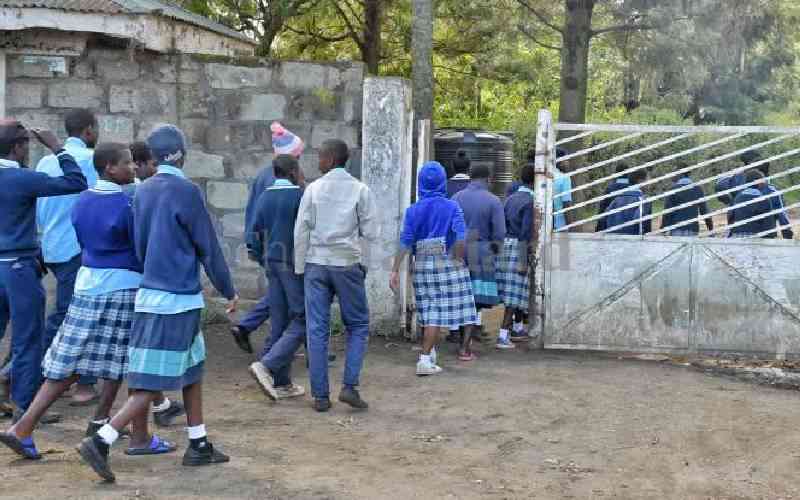By Standard reporter
Tanzania: Tanzania aims to hike cargo volumes through its main Dar es Salam port in 2015 by almost 40 per cent above the 2013 levels, as part of plans to expand and build new transport links and become a regional hub, the president said on Friday.
President Jakaya Kikwete said bureaucratic hurdles had delayed plans by a Chinese firm to build a new port at Bagamoyo, 75 km north of Dar es Salam, but those were now resolved.
Tanzania, like its neighbour Kenya, wants to capitalise on a long coastline and upgrade existing rickety railways and roads to serve growing economies in the land-locked heart of Africa from Uganda to Malawi in the south.
“If we invest in logistic centres, improve on infrastructure and create a facilitative environment, we can easily turn Dar es Salaam into another Dubai of its kind,” he said at the commercial capital for the Reuters Africa Investment Summit.
But the president acknowledged the pace of progress had been held back by red tape, while experts said existing transport links were crumbling or inefficient, including Dar es Salam port where ships often wait days to dock, driving up costs.
“At times, we are very bureaucratic,” Kikwete said of the delays that Chinese investors had faced over the Bagamoyo port plan, although he said the issues had now been resolved. Last year, Tanzania signed a framework deal with China Merchants Holdings (International) Co to build a new port, special economic zone and railway network that could involve more than $10 billion. Work has yet to start in earnest.
Rail network
The president also outlined plans for projects that include developing a port at Mtwara south of Dar es Salam that could serve northern Mozambique and Malawi, as well as upgrading the rail network – which could involve building new wider, standard gauge lines instead of the existing - and slower – narrow gauge.Kenya has similar plans for a new port at Lamu, north of Mombasa port, which is now east Africa’s main gateway, and new transport links to Uganda, Rwanda and other land-locked states.
Kenya, the biggest economy in east Africa, and Tanzania, the No. 2, have long competed for political and economic influence in the region, although both are also members of the five-nation trading bloc, the East African Community. But Kikwete dismissed the idea of a competition to grab a bigger share of trade into Africa.
“I think there is enough business for all of us,” he said.
Speed up moves
Tensions erupted in public last year when Tanzania complained it had been sidelined by Kenya, Rwanda and Uganda over plans to unify their customs and speed up moves towards political federation. Burundi is also a member of the bloc.
The Tanzanian president said those differences had been patched up but added his country – which critics say has dragged its feet over closer ties – remained wary of any swift drive towards a political union.
“Our advice to our colleagues is that let’s move cautiously. Let’s build strong foundations before getting to the ultimate political federation,” he said. “We are being considered as evolutionists in this regard and the others are revolutionary.”
Stay informed. Subscribe to our newsletter
 The Standard Group Plc is a
multi-media organization with investments in media platforms spanning newspaper
print operations, television, radio broadcasting, digital and online services. The
Standard Group is recognized as a leading multi-media house in Kenya with a key
influence in matters of national and international interest.
The Standard Group Plc is a
multi-media organization with investments in media platforms spanning newspaper
print operations, television, radio broadcasting, digital and online services. The
Standard Group is recognized as a leading multi-media house in Kenya with a key
influence in matters of national and international interest.
 The Standard Group Plc is a
multi-media organization with investments in media platforms spanning newspaper
print operations, television, radio broadcasting, digital and online services. The
Standard Group is recognized as a leading multi-media house in Kenya with a key
influence in matters of national and international interest.
The Standard Group Plc is a
multi-media organization with investments in media platforms spanning newspaper
print operations, television, radio broadcasting, digital and online services. The
Standard Group is recognized as a leading multi-media house in Kenya with a key
influence in matters of national and international interest.







